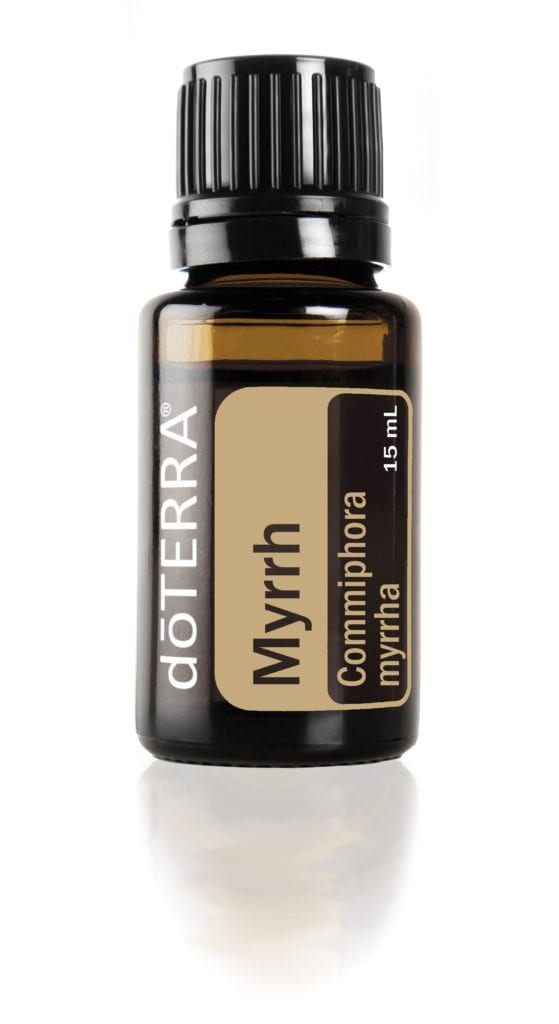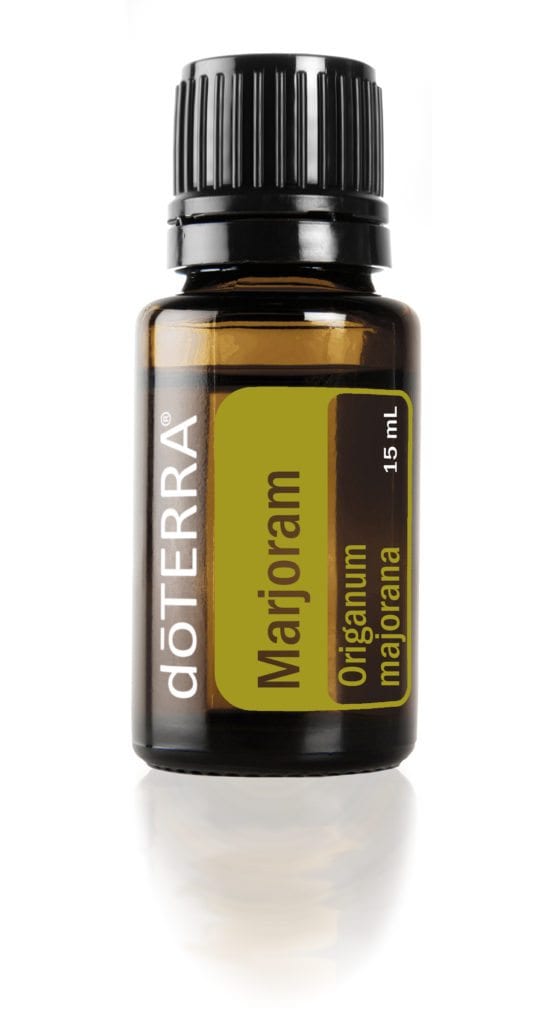Joshua Freedman of Six Seconds, the Emotional Intelligence Network, interviewed Dr Candace Pert for his article, The Physics of Emotion: Candace Pert on Feeling Go(o)d,
Dr Pert explained that emotions are not simply chemicals in the brain – they are electrochemical signals that affect the chemistry and electricity of every cell in the body. The body’s electrical state is modulated by emotions, changing the world within the body. In turn, Pert finds emotional states affect the world outside the body.
Because of her work on emotions, Dr Pert was featured in the film, What the Bleep Do We Know, and frequently speaks on the role of emotions in the mind-body. Pert’s work helped shift the paradigm from “emotions as neuroscience” to “emotions as biology.” In her book, Everything You Need to Know to Feel Go(o)d, she’s taking the science of feeling a step further to present “emotions as physics.”
Dr Pert explains how emotions have such a powerful effect. “We’re not just little hunks of meat. We’re vibrating like a tuning fork — we send out a vibration to other people. We broadcast and receive. Thus the emotions orchestrate the interactions among all our organs and systems to control that.”
As Dr Pert explained in her earlier book, Molecules of Emotion, neurotransmitters called peptides carry emotional messages. “As our feelings change, this mixture of peptides travels throughout your body and your brain. And they’re literally changing the chemistry of every cell in your body.” Neurotransmitters are chemicals, but they carry an electrical charge. The electrical signals in our brains and bodies affect the way cells interact and function.
You have receptors on every cell in your body. They actually are little mini electrical pumps.” When the receptor is activated by a matching “molecule of emotion” the receptor passes a charge into the cell changing the cell’s electrical frequency as well as its chemistry.
Pert says that just as our individual cells carry an electrical charge, so does the body as a whole. Like an electromagnet generating a field, Pert says that people have a positive charge above their heads and a negative charge below. “So we’re actually sending out various electrical signals – vibrations.”
“We’re all familiar with one kind of vibration: When we talk, we send a vibration through the air that someone else perceives as sound. As I explain in the book, we’re also sending out other kinds of vibrations. It’s a basic law of physics that when you are close to an energy source it has a greater effect and that diminishes as you move further away. But when you are far away there is no effect.”
“It’s not something you can say in 25 words or less. It is a whole new paradigm shift that basically leads you to realise you’re not alone. You are connected to everybody else. Your emotions are key. And you are leaving a wake, changing the world around you in a huge way.”
“Blessing and bliss come from the same root. We are hard-wired to be in bliss. It’s normal and it’s natural. There is a straight evolutionary argument for this function — any creature that could not experience bliss would have just died and become extinct 200 million years ago.”
We are hard-wired to be in bliss. It’s normal and it’s natural.
The “bliss response” is closely connected to Pert’s original work on the opiate receptor. Just as the receptors for other neuropeptides trigger a cellular response, opiate receptors pick up the presence of a neurotransmitter for euphoria. The naturally occurring “bliss chemicals” are called endorphins, and they are released in the brain and body in response to emotional states and physical activities (including exercise and nursing).
The prefrontal cortex is responsible for complex, evaluative decisions. This part of the brain is loaded with opiate receptors – so structurally, our most sophisticated reasoning is linked to bliss.
Pert says the way endorphins work is evidence of bliss as an evolutionary necessity. “That’s why endorphins are such highly conserved molecules. It’s the same in simple one-celled creatures and in humans. In the new book, I talk about the evolution of the opiate receptor and how it’s in our frontal cortex, the most advanced part of our brains.”
“It’s like we’re designed to make choices around pleasure. The very highest, most intelligent part of our brain is drenched in receptors to make us use pleasure as a criterion for our decisions. So it’s okay to feel good – God is good.”
While it’s clear that the “bliss receptors” are centred in the prefrontal cortex, the part of the brain that makes evaluative and complex decisions, there isn’t a clear reason.
“Scientists can never ask why. They can only ask ‘what’ and ‘how.’ But we know that the vibration in these receptors mediates, or leads, to the whole organism feeling bliss. And then I talk in the book about how that endorphin vibration is really the bliss of union and divine union.”
So when we create that kind of resonance internally, we are in line with that divine self. True bliss represents an optimal state of functioning. “This state is the natural function, but our society interferes. You don’t have to teach this to native peoples. Most of us have lost touch with that reality. Most of us seem to be locked in a grim struggle constantly rushing off to the next thing. So while it may be natural to be in bliss, we have to learn again to feel our natural state of bliss, to feel the spiritual nature of everything around us, every moment. This doesn’t have to do with church. It doesn’t have to do with whether you were bad or good. It’s about feeling good.”
A full copy of this report can be found here.
 Wintergreen (Nepalese) Gaultheria fragrantissima
Wintergreen (Nepalese) Gaultheria fragrantissima
 Lemongrass
Lemongrass 

 Myrrh
Myrrh 
 Marjoram
Marjoram 



 dōTERRA Emotional
dōTERRA Emotional